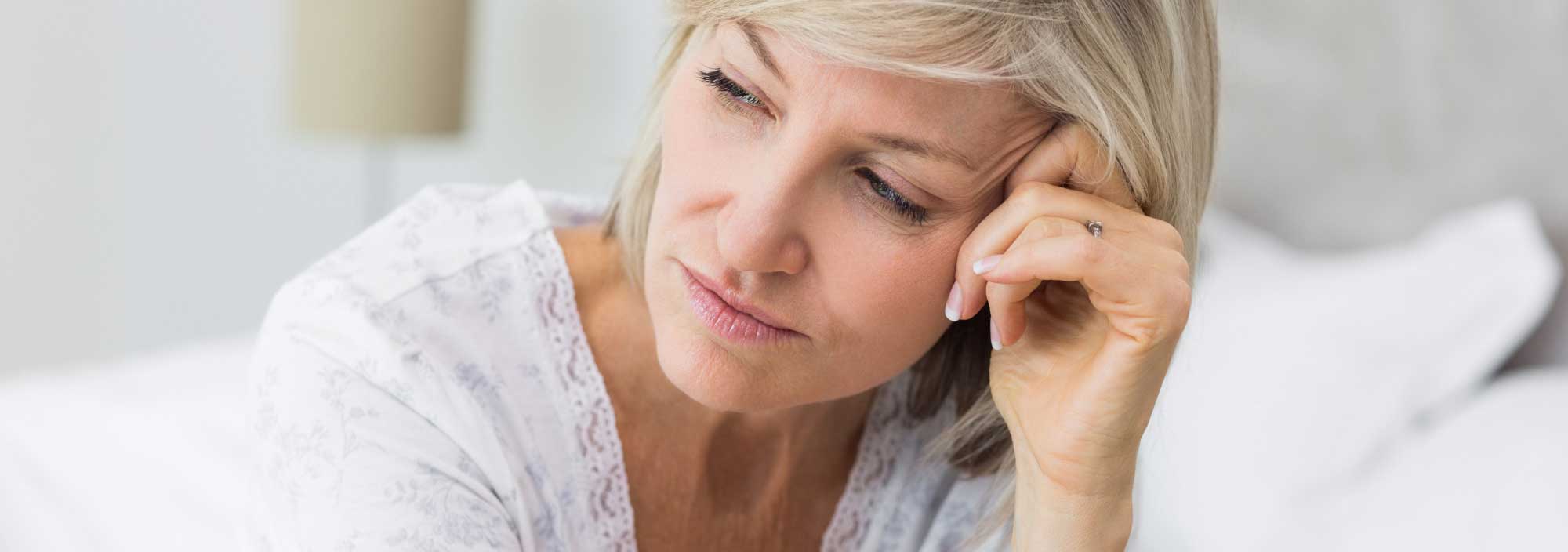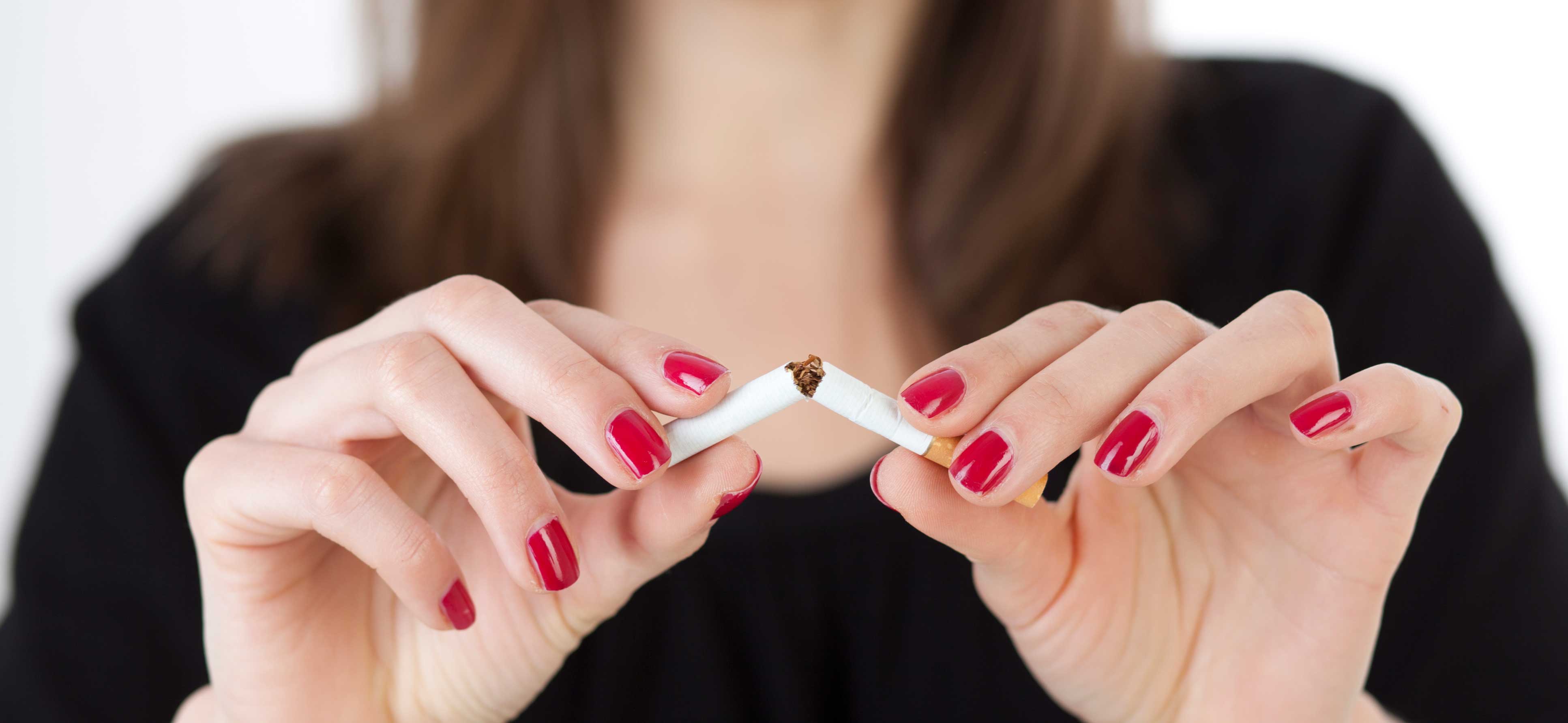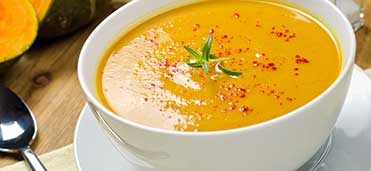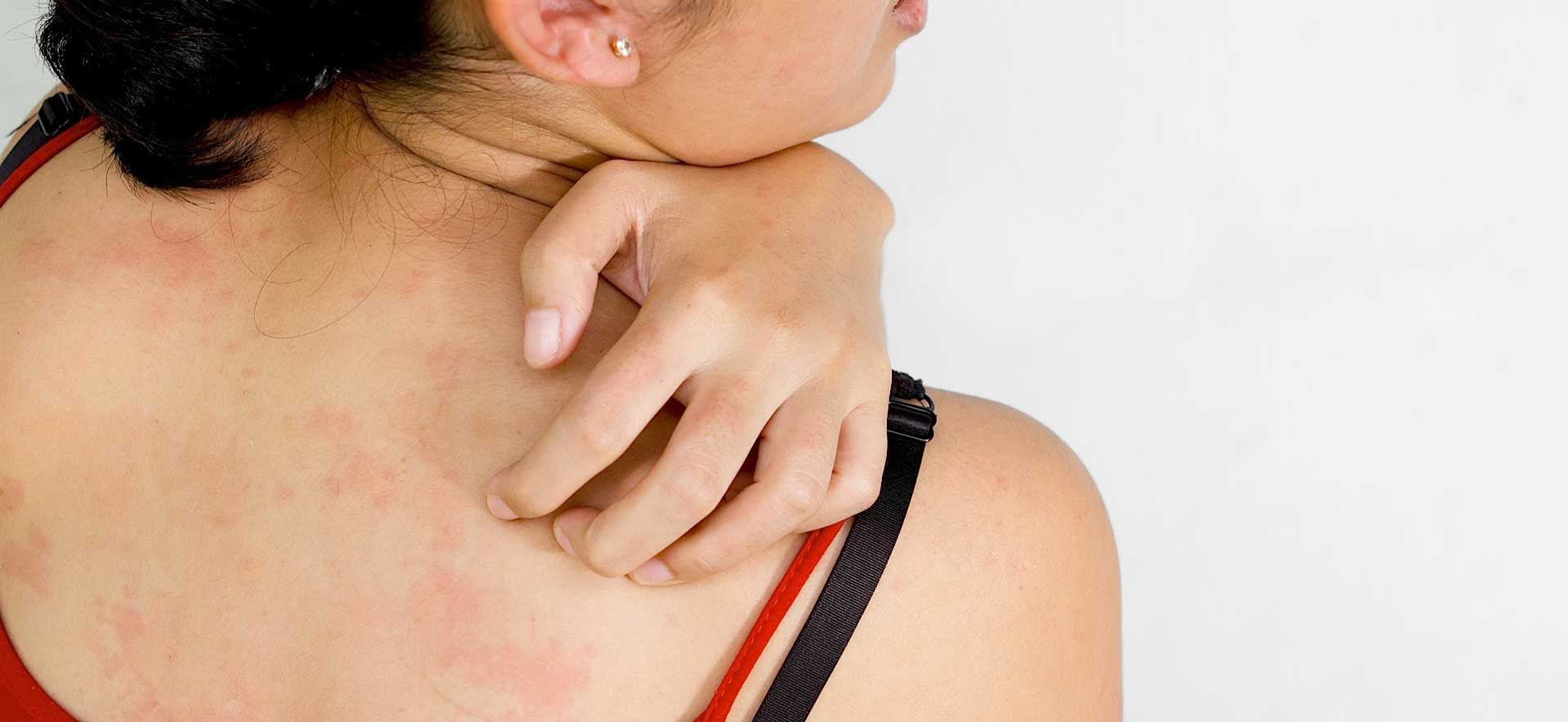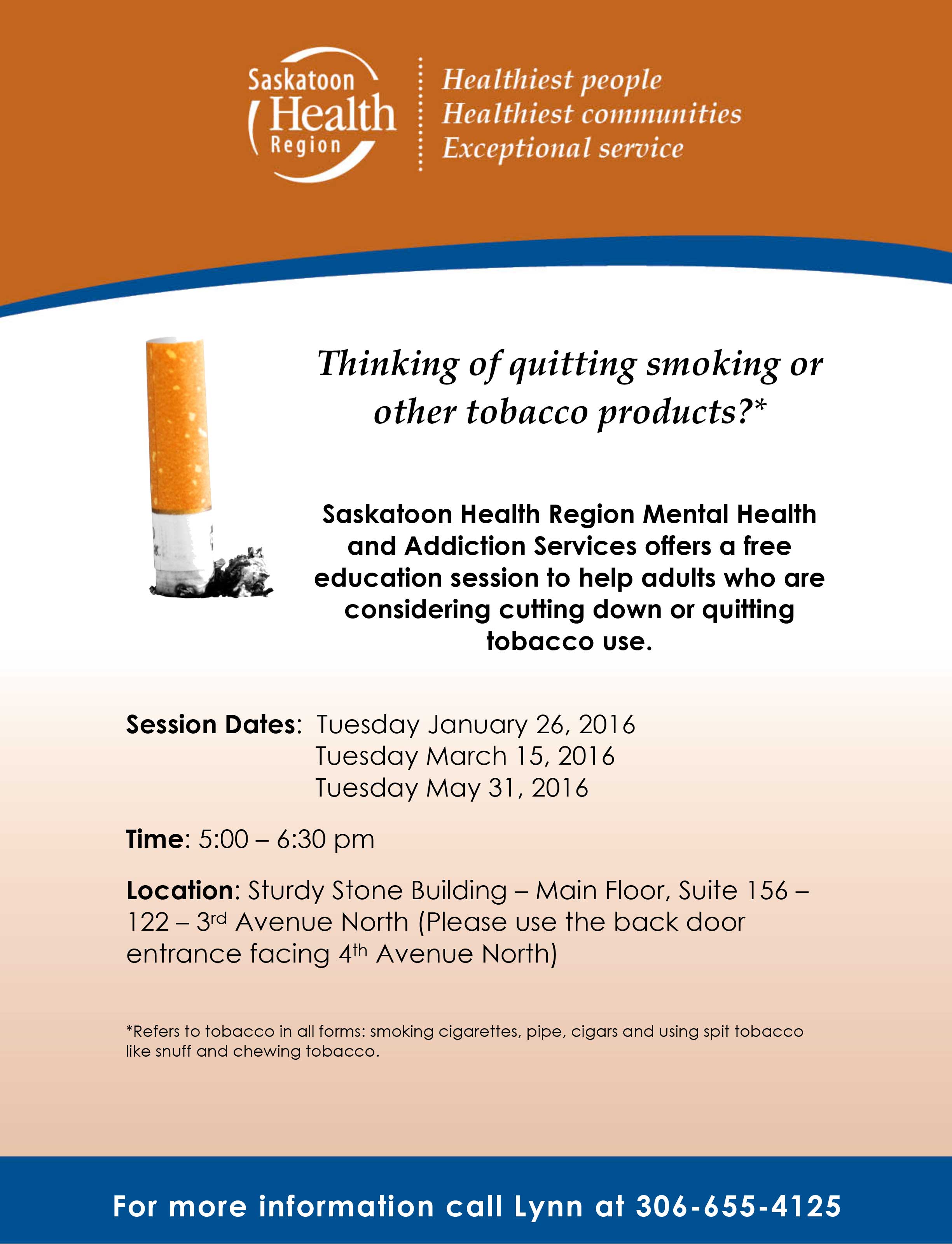Diagnosing IBS often begins by ruling out other conditions like lactose intolerance, celiac disease and inflammatory bowel disease (Crohn’s or colitis). If you think you might have IBS, it is important to discuss your symptoms with your doctor.
So what exactly is IBS? It’s a disorder of how we digest and move food through the intestine. As mentioned above, symptoms include cramps, diarrhea and/or constipation, gas, bloating, heartburn and nausea to name the most common. A person with IBS can have all of these symptoms or only one or two. Symptoms could come and go or they could happen on a daily basis. The cause of IBS is unknown, but it has been linked to having prior infections, using certain medications, taking antibiotics and hormone changes. Often a person’s symptoms are brought on by certain “triggers”. These can be specific foods, changes in schedule, stress, caffeine or medications. The challenge in diagnosing and treating this condition is that it is different for everyone. The foods that trigger one person maybe be totally harmless for someone else. Also, because the cause is unknown and the triggers can vary, there is no specific IBS medication that is available to help cure this condition. Medications are often used to simply help alleviate the symptoms that a person experiences.
Besides medication, there are a few lifestyle modifications you can try to help manage your IBS. If you know what your triggers are, the best way to manage is to avoid those things as much as possible. If you are not sure what your triggers are, you can begin by doing some food and symptom tracking. There are even apps available to help with this if you are tech savvy! Once you have a couple of weeks recorded, you can start to look for patterns in what you are eating and when your symptoms occur.
Another option is to try probiotics. The goal of taking them is to increase the amount of healthy, digesting bacteria in your intestines that helps to push out all of the gas-causing bad bacteria. There are some foods that contain probiotics already, but for someone dealing with IBS, taking a supplement may be more beneficial as there are more bacteria in the supplement which is in a capsule that protects them from being destroyed by your stomach acid so they actually reach your intestine.
A relatively new treatment for IBS is called the low FODMAP diet. FODMAP stands for Fermentable Oligo-, Di- and Monosaccharides, and Polyols. In less scientific terms it means reducing specific types of carbohydrates in your diet that are more prone to fermentation in your gut. Researchers studying this diet have found that often it can help alleviate symptoms of gas, bloating and diarrhea. Before trying something like the low FODMAP diet, be sure to talk with your doctor or dietitian. It can be very challenging and requires careful planning to ensure you meet your nutrient requirements.
For more information on IBS (and FODMAPS!) or other digestive conditions,
please visit the Canadian Digestive Health Foundation at www.cdhf.ca.
Spiced Up Butternut Squash Soup
1 butternut squash, peeled, seeded and cut-up
1 tsp oil
1 onion, chopped
2 garlic cloves, minced
2 tsp mild curry powder
3 cups low sodium chicken or vegetable broth
1/3 cup plain fat-free Greek yogurt (optional)
Salt & pepper to taste
In a soup pot or large saucepan, heat oil over medium heat and add onion, garlic and curry powder. Cook, stirring occasionally for about 2 minutes or until the onions start to soften. Add the chopped squash and broth. Bring to a boil, then reduce heat to a simmer. Cover and cook for 25 minutes, or until the squash is soft and mash-able. Add salt and pepper to taste.
Remove from heat and allow to cool slightly. Puree with an immersion blender, or ladle into stand-up blender to puree. Serve with a dollop of Greek yogurt.
Tip: Add other orange vegetables like carrots, yams or pumpkin!
Nutrition Information
(per 1 cup serving):
Calories 105 kcal, Protein 3 g, Fat 1 g, Carbohydrates 24 g, Fibre 4 g


